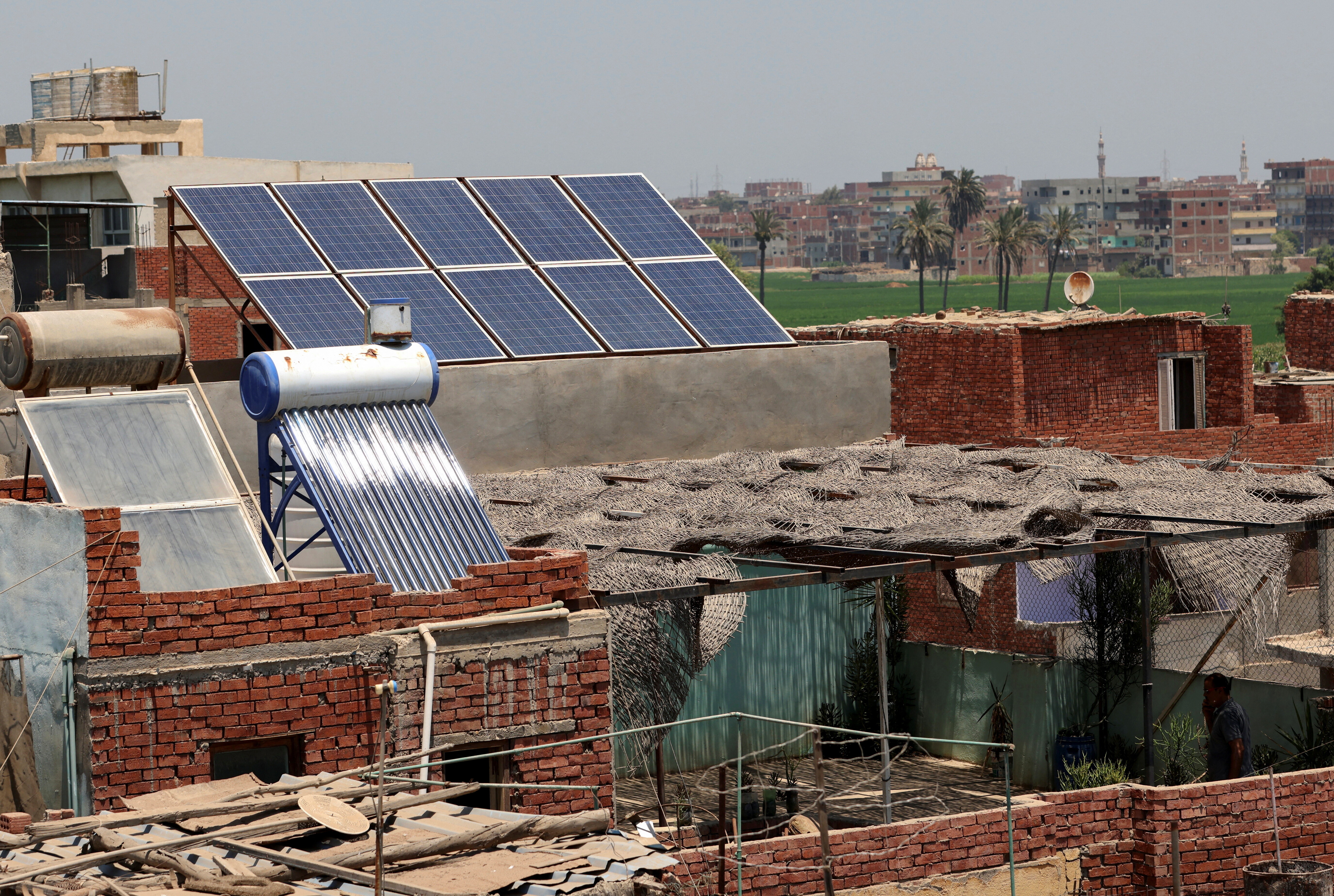5 things to know about China and Australia’s economic ties

Image: REUTERS/Petar Kujundzic
Stay up to date:
China
Australia’s largest ever trade and business delegation to China has landed in the Far East. Prime Minister Malcolm Turnbull is leading a delegation of around 1,000 business leaders on a trip that will feature talks with President Xi Jinping and Premier Li Keqiang.
As the Chinese economy shifts to focus on services and middle-class consumption, the talks come at an important time for the economic relationship between China and Australia.
Here are five things to know about the economic ties between the two countries.
China is Australia’s biggest export market
In 2014, China accounted for 34% of Australian exports. This made them Australia’s top export market with a total value of around AUS$98bn, according to the Australian Government Department of Foreign Affairs and Trade.
China is the biggest market for items including Australian agricultural produce and energy products and services.

Australia is the second most popular location for Chinese direct investment
Over the past 10 years, Australia has seen the second highest volume of Chinese direct investment. From 2005 to 2015, only the USA had a higher accumulated total. Over this time, Australia received nearly US$80bn in Chinese ODI (overseas direct investment) and in 2015, Chinese investment grew by nearly a third (in US dollars) to US$11.1bn.

Chinese investment is concentrated on real estate
Nearly half of Chinese investment was in real estate last year. A KPMG report conducted alongside the University of Sydney estimates real estate investment hit AUD$6.85bn in 2015. This investment was almost exclusively focussed in just one state – New South Wales, a region including the city of Sydney – which accounted for 94% of the total.
Renewable energy and healthcare followed next as top investment areas. Renewable energy’s second place was the result of one very large deal between China’s State Power Investments Corporation and Pacific Hydro.
The report suggests “Chinese investment in Australia now reflects the new normal: China’s focus on middle class consumption – premium quality health, lifestyle and services.”

They have a new free-trade agreement
The China-Australia Free Trade Agreement has been in force since December 2015. Based on 2014 values, more than 86% of Australian goods exports to China now enter duty free. This should rise to 94% by 2019 and 96% by 2029. Australian tariffs on Chinese imports will also be progressively removed.
The agreement is also set to increase Chinese tourism to Australia, and relaxed rules for labour mobility will see more Chinese workers in Australia and vice-versa.
“Education is the quiet champion of Australian exports”
According to the International Institute of Education, in 2014 there were over 90,000 Chinese international students studying in Australia. This is significantly more than the rest of the top five combined, with a third of all international students in Australia from China.
In 2014, The Australian Business Review described education as “the quiet champion of Australian exports”. This influx of students brings massive economic benefits to Australia, in tuition fees and other costs while they study. But, as the Deputy Governor of the Reserve Bank of Australia, Philip Lowe, explained in a 2014 speech, it goes beyond that.
Chinese students studying in Australia help build relationships and “promote goodwill and can help identify cross-border business opportunities … to build new and stronger business ventures between our countries.”
Have you read?
Don't miss any update on this topic
Create a free account and access your personalized content collection with our latest publications and analyses.
License and Republishing
World Economic Forum articles may be republished in accordance with the Creative Commons Attribution-NonCommercial-NoDerivatives 4.0 International Public License, and in accordance with our Terms of Use.
The views expressed in this article are those of the author alone and not the World Economic Forum.
Related topics:
Forum Stories newsletter
Bringing you weekly curated insights and analysis on the global issues that matter.
More on Economic GrowthSee all
Marco Lambertini and Marcelo Bicalho Behar
November 6, 2025
Souleymane Ba and Nakul Zaveri
November 4, 2025
Aimée Dushime
November 4, 2025
Junpei Guo
October 30, 2025
Dylan Reim
October 29, 2025
Børge Brende and Ahmed Al-Khateeb
October 29, 2025






